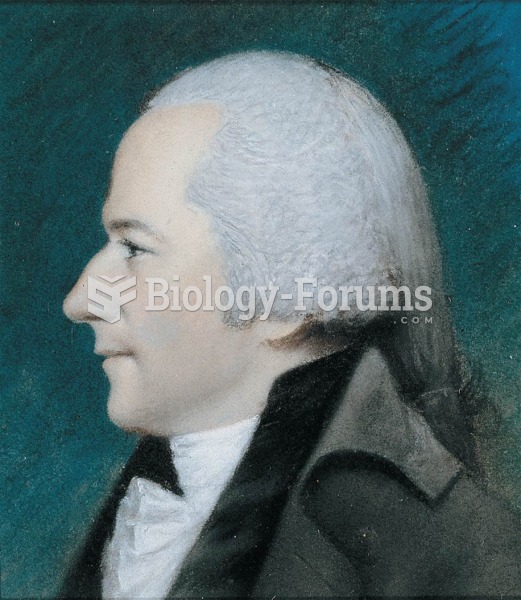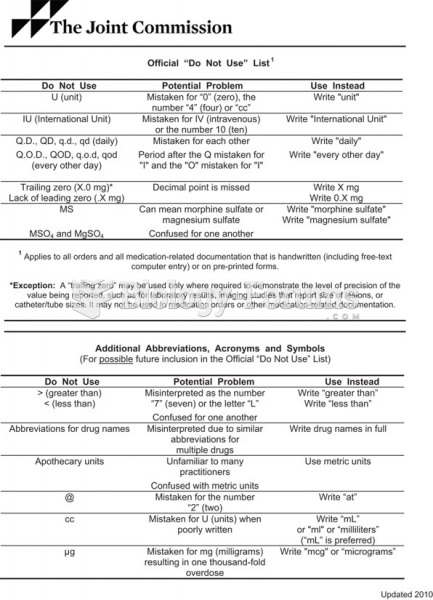|
|
|
Over time, chronic hepatitis B virus and hepatitis C virus infections can progress to advanced liver disease, liver failure, and hepatocellular carcinoma. Unlike other forms, more than 80% of hepatitis C infections become chronic and lead to liver disease. When combined with hepatitis B, hepatitis C now accounts for 75% percent of all cases of liver disease around the world. Liver failure caused by hepatitis C is now leading cause of liver transplants in the United States.
The ratio of hydrogen atoms to oxygen in water (H2O) is 2:1.
The first oncogene was discovered in 1970 and was termed SRC (pronounced "SARK").
Multiple experimental evidences have confirmed that at the molecular level, cancer is caused by lesions in cellular DNA.
Never take aspirin without food because it is likely to irritate your stomach. Never give aspirin to children under age 12. Overdoses of aspirin have the potential to cause deafness.







